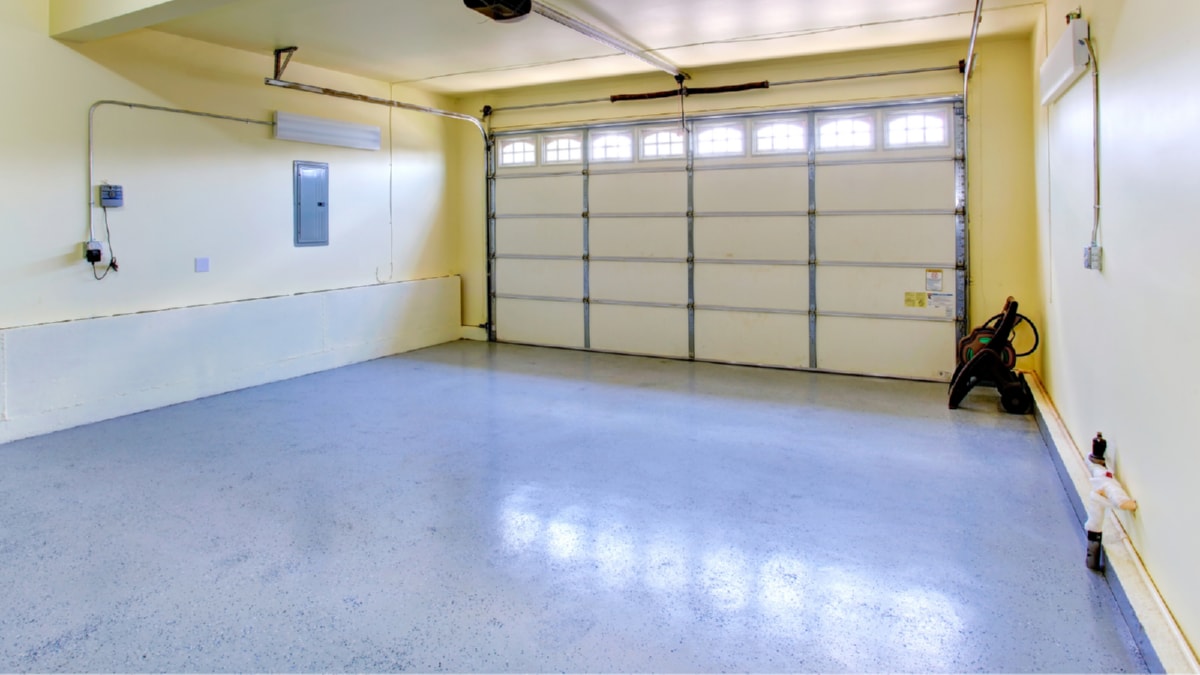In a world increasingly conscious of its environmental impact, the construction industry has begun to embrace sustainable techniques to reduce its carbon footprint. One such approach is the utilization of green building techniques. Green building, also known as sustainable construction, is an innovative method that applies eco-friendly practices and materials throughout a building’s life-cycle: from planning and design to construction, operation, maintenance, and demolition.
Green building techniques aim to establish a harmonious balance between building and the environment. They prioritize the efficient use of resources, such as energy, water, and materials, while reducing building impacts on human health and the environment. This is achieved through better siting, design, construction, operation, maintenance, and waste disposal.
One key technique in green building is the use of sustainable materials. These are materials that are recycled or renewable and have minimal impact on the environment across their lifespan. For example, bamboo, a rapidly renewable resource, can replace traditional hardwoods. Recycled steel is another sustainable alternative that significantly reduces the demand for new resources. Moreover, the use of low VOC (Volatile Organic Compounds) materials improves indoor air quality, contributing to healthier living spaces.
Energy efficiency is another pillar of green building techniques. Incorporating renewable energy sources like solar panels or wind turbines can significantly reduce the reliance on fossil fuels. Moreover, energy-efficient appliances and systems, such as LED lighting and high-efficiency HVAC systems, can drastically reduce energy consumption. Furthermore, proper insulation and the use of energy-efficient windows can help maintain indoor temperatures, reducing the need for artificial heating or cooling.
Water efficiency is also fundamental to green building practices. Techniques such as rainwater harvesting, greywater recycling, and the use of water-efficient fixtures can significantly reduce water consumption. Landscaping with native, drought-resistant plants can further enhance water efficiency.
Yet another green building technique is the incorporation of green spaces. These not only contribute to the aesthetic appeal but also help reduce the heat island effect, improve air quality, and provide habitat for local wildlife. Rooftop gardens or green roofs are popular choices in urban settings.
Lastly, sustainable construction practices consider the building’s entire life cycle. This includes designing for durability to reduce the need for frequent repairs or replacement, and planning for eventual deconstruction and recycling of materials.
In conclusion, green building techniques offer a comprehensive approach to sustainable construction. By considering environmental impacts at every stage of a building’s life, these techniques not only reduce the carbon footprint of the construction industry but also result in buildings that are healthier, more comfortable, and more economical to operate. Adopting these practices is not just a step towards environmental responsibility; it is a strategic move towards a sustainable future for all.
For more details, check best masonry services or visit their business listing here.



